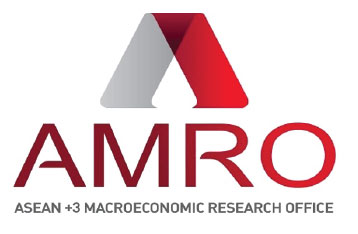ASEAN+3 Positioned for Resilience Amid Unprecedented Trade Shocks
The ASEAN+3 region maintained stable growth of 4.3 percent in 2024 despite various uncertainties and is positioned to remain resilient with the policy space to cushion near-term shocks. However, the outlook for the region faces significant headwinds from an unprecedented escalation of tariffs globally.
This year’s report features three chapters: Chapter 1 presents the near-term economic prospects and key risks for the region, including potential impacts of US trade policies; Chapter 2 analyzes post-pandemic inflation dynamics and their policy implications; and Chapter 3 examines the structural factors behind the region’s declining long-term growth potential, outlining five strategic policy priorities to reinvigorate sustainable economic development across the region.






